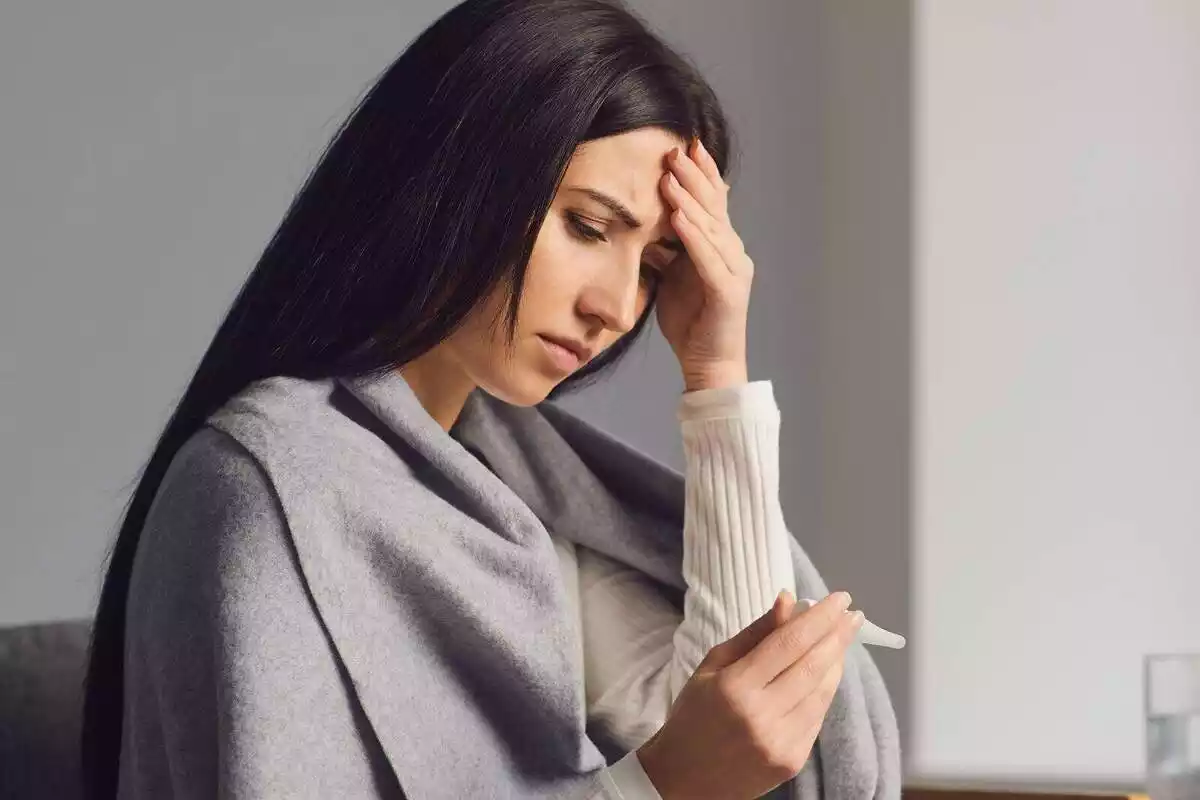The third wave of COVID-19 has just ended, but there is still many unknowns to be discovered about this type of virus, its consequences and its triggers. A recent study published in the Journal of the American Academy of Dermatology analyzed 200 cases of this type of disease throughout Italy to find out whether there are indeed dermatological symptoms directly related to coronavirus and whether its severity is in any case related to a more or less serious infection.
So far, it is a fact that the coronavirus does not only derive in respiratory symptoms, but that this virus can also occur through adverse effects on the skin.
This has been clarified by an Italian study carried out and supported by the Italian Society of Dermatology Medical, Surgical and Esthetical and of Sexually Transmitted Diseases (SIDeMaST). This study, having obtained this result, has published a document in which it has added up to a total of six skin alterations that could indicate the presence of infection, without the need to subject the patient to a preventive test.
The research
Now, for this type of analysis, a great variety and amount of clinical data were collected from all participants, those sensitive and with critical severity to COVID-19, also with presence or absence of other diseases, duration of skin manifestations, etc.
The final results yielded that the signs of COVID-19 on the skin would be mainly six, in the form of erythematous or measles-like lesions (this type would be present in 27% of cases), chilblains (25%), other varicella-like conditions (16%), urticaria (13%), vasculitis (11%) and hematomas (3%).
"The average duration of skin lesions was 12 days, for chilblains it reaches 22 days," explains Angelo Valerio Marzano, the study coordinator and director of the School of Specialization in Dermatology and Venereology at the University of Milan.
Moreover, as the director of the specific school points out, "chilblains were the predominant symptom among young people and were associated with an almost always asymptomatic manifestation of the virus, while all other cutaneous signs were connected to a more or less severe form. Two previous international studies have assumed that more severe skin lesions were associated with a more severe form of COVID-19, thus establishing a direct correlation between aggressive skin symptoms and the severity of the infection: according to our data, however, there is no direct correlation between the severity of the skin manifestation and that of the disease caused by coronavirus. In addition, the link between increasing age and increasing severity of the disease is confirmed".
According to SIDeMAST dermatologists, it is advisable to pay special attention to the skin and to undergo a test in the event of suddenly encountering any adverse appearance such as very extensive erythema or apparent urticaria, a bruise for no reason, chilblains or vasculitis, among other skin symptoms.
"Our skin could warn us in advance about what is happening in the body, giving us the possibility to move forward in advance and helping in the early diagnosis of the disease, which can also help to avoid possible new infections," concludes the president of SIDeMAST, Ketty Peris.
What is the situation now?
In the middle of the vaccination campaign and with the focus on the latest triggers produced in the inoculated doses of the AstraZeneca vaccine, Spain, Germany, France and the United Kingdom have preventively suspended the use of the vaccine.
In this regard, the WHO, the British regulatory agency and the company AstraZeneca have assured that for now, there is no solid evidence that this drug against COVID-19 causes blood clots.
[This is a translation of the original article "Los 6 síntomas de coronavirus en la piel que deben hacerte sospechar" published in espanadiario.net]

